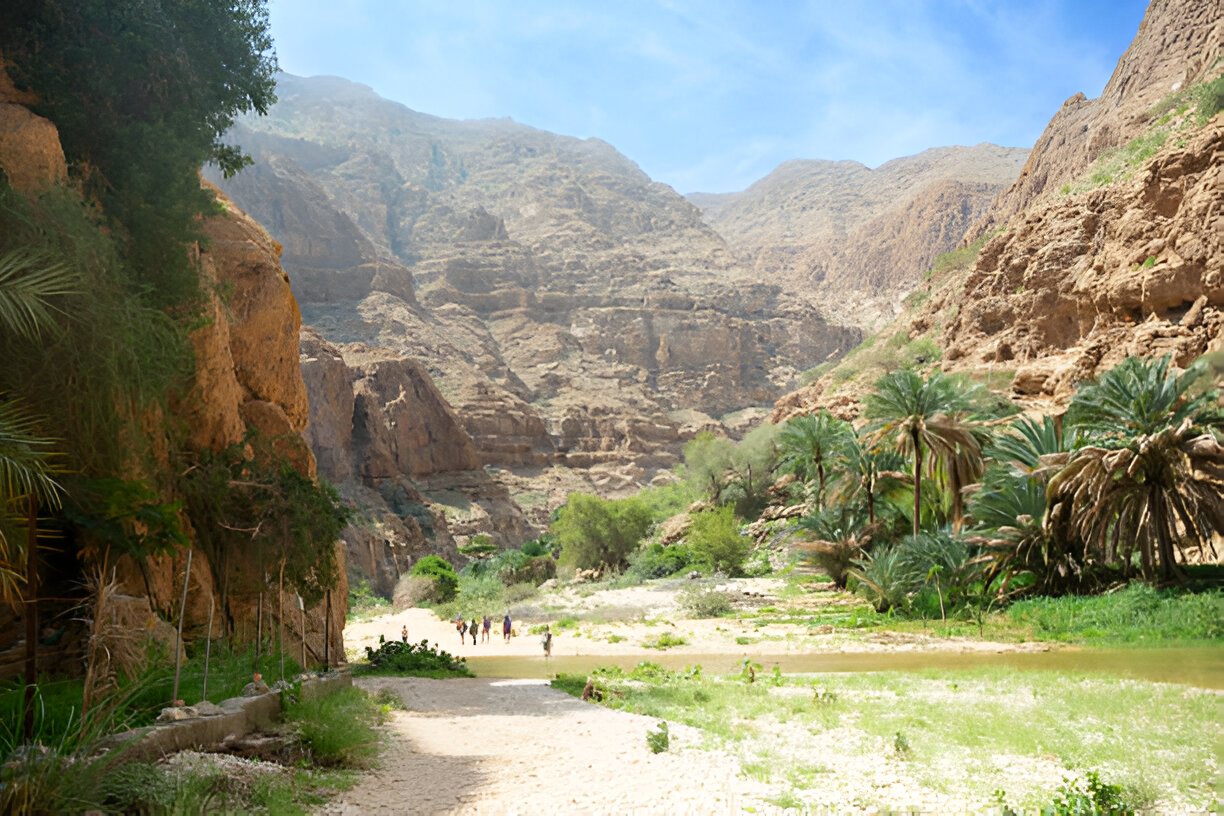

Oman, a nation deeply rooted in tradition and cultural pride, is known for its stunning landscapes and warm hospitality. But one essential aspect of the country is its emphasis on visitor dress code and modesty standards. For visitors, understanding and respecting these norms is not just courteous but a meaningful way to connect with Omani culture. This guide will explain Oman’s dress code, its cultural significance, and tips on how visitors can navigate these expectations respectfully.
In Oman, modesty is valued not only as a dress code but as an essential cultural virtue. For Omanis, attire reflects respect toward oneself and others, a value rooted in Islamic teachings. The Prophet Muhammad (peace be upon him) said, “Modesty is a part of faith,” and this belief influences every aspect of life in Oman, from daily interactions to clothing choices.
In Omani culture, modesty isn’t simply about covering up; it also expresses humility and respect. Both men and women are expected to dress modestly and appropriately for the setting. For example, traditional Omani attire is often worn at religious gatherings, formal events, and national celebrations, while a more relaxed but still modest dress code is observed in daily life.
Omanis take pride in their traditional attire, which is practical, elegant, and symbolic. Men typically wear a dishdasha, a long, flowing robe, often white or beige, paired with a kumma (embroidered cap) or masar (colorful turban), adding a personal touch to their look.
Women traditionally wear the abaya and hijab. The abaya is a long robe that covers the body, while the hijab is a headscarf. Omani women often express individuality through embroidery and colors on their abayas. The lihafa, a piece of cloth worn over the head and shoulders, is especially common in rural areas.
The Quran states, “Tell the believing men to lower their gaze and guard their private parts; that is purer for them. Indeed, Allah is acquainted with what they do.” (Quran 24:30), underscoring the cultural emphasis on modesty for both genders.
For visitors, embracing traditional attire, even occasionally, can be a gesture of respect and a way to experience Omani culture more authentically.
While Oman is welcoming to tourists, respecting the visitor dress code is important to avoid offense. The general rule is to dress modestly, covering shoulders, arms, and legs. Women should consider wearing long skirts or pants and tops with sleeves, while men should avoid shorts and sleeveless shirts in public spaces.
When visiting religious sites or during Ramadan, the dress code is more conservative. Women are often required to wear a headscarf and cover arms and legs fully. Men should wear long pants and avoid sleeveless shirts. It’s also respectful to remove shoes when entering a mosque.
The old adage, “When in Rome, do as the Romans do,” is especially relevant here. Adhering to the local dress code demonstrates respect for Omani culture, making visitors feel more welcome.
In Oman, workplace attire tends to be formal and conservative, reflecting the broader cultural standards of modesty. Men often wear long-sleeved shirts with ties and dress pants, while women wear modest dresses or skirts that fall below the knee with blouses that cover the shoulders and arms.
In government or more traditional workplaces, women may need to wear an abaya over their regular clothes, while in modern or international companies, the dress code can be slightly more relaxed. However, the focus on modesty remains.
Clothing that is tight, short, or revealing is generally discouraged. This approach underscores the importance of professionalism and respect in all settings.

Modesty in dress is also important at social gatherings, whether formal or informal. When invited to an Omani home, dressing conservatively is a mark of respect. Women might wear an abaya, especially for formal occasions, while men can wear a dishdasha or a long-sleeved shirt and dress pants.
Omani weddings are significant events with a strict dress code. Women often wear modest, colorful dresses or abayas adorned with jewelry, while men wear traditional attire. Dressing appropriately honors both the hosts and the occasion.
In Omani culture, “Your attire is a reflection of your respect for others,” showing that modest dress is an essential part of maintaining decorum and respect.
Oman’s landscapes provide ample opportunity for outdoor adventures, from hiking in the mountains to exploring the desert. Yet even in these casual settings, modesty is advised. Lightweight, loose-fitting clothing that covers the body respects both local customs and the need for sun protection.
On beaches, modest swimwear is preferred. Women are encouraged to wear one-piece swimsuits or tankinis, and men should opt for longer swim trunks. Many of Oman’s beaches are family-friendly, and dressing modestly is a way to ensure everyone’s comfort.
When participating in outdoor sports like dune bashing, wearing light cotton shirts, long pants, and wide-brimmed hats helps you stay cool while respecting local standards.
During religious occasions like Eid and Ramadan, dress codes in Oman become more conservative. Both men and women dress in their best attire, which is often traditional and modest. Women may wear new abayas and hijabs, while men don freshly laundered dishdashas.
During Ramadan, a month of fasting and reflection, modest dress is essential. Visitors should wear clothing that covers arms and legs and avoid anything revealing.
As an Omani saying goes, “Ramadan is a time of reflection and modesty,” emphasizing the need for respectful behavior and attire. By dressing appropriately during these times, visitors show reverence for the customs and beliefs of the Omani people.
In Oman, children are encouraged to dress modestly, though the standards are less strict than for adults. As they grow, they learn the cultural importance of modesty in dress. Girls might wear long dresses, while boys typically wear long pants and shirts.
Schools usually have uniforms that reflect modesty values. Girls often wear dresses or skirts with blouses, and boys wear pants and shirts. These uniforms help instill respect for cultural norms from an early age.
Parents play a crucial role by setting an example and explaining the cultural significance of modest dress to their children.
With the growth of tourism, it’s important for visitors to be aware of and respect Oman’s modesty standards. Although Oman is known for its hospitality, adhering to the visitor dress code is a way to show appreciation for local culture.
Before visiting, researching cultural expectations can help visitors prepare. Many hotels and tour agencies provide guidance on appropriate attire, helping tourists enjoy Oman while respecting local customs.
“Travel is about understanding and respecting the places you visit.” In Oman, this means embracing the dress code, allowing visitors to experience the culture fully and make a positive impression.
Following Oman’s visitor dress code and modesty standards goes beyond observing rules; it’s a way to connect with the local people and culture. Omanis are proud of their traditions, and by dressing modestly, visitors demonstrate respect and appreciation for this beautiful country.
Whether exploring Muscat’s markets, attending a traditional wedding, or hiking in the mountains, dressing modestly ensures that visitors are warmly welcomed and can fully experience the beauty and hospitality of Oman. “Modesty in dress is the best ornament,” as the Omani proverb reminds us, reflecting our values and respect for others.
Never miss any important news. Subscribe to our newsletter.







